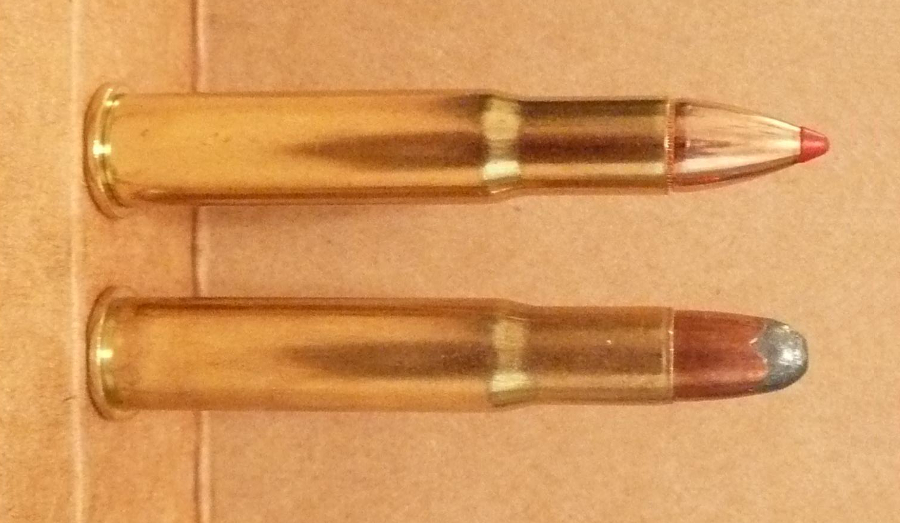The .32 Winchester Special is a direct competitor to the legendary .30-30 Winchester and, although it never achieved the same popularity as the .30-30, it nonetheless remained one of the top-selling rifle cartridges for much of its lifetime. That had to do with the fact that it was also created by Winchester and chambered in the iconic Model 1894 lever-action rifle. With the popularity of that rifle for hunting deer and bear, it was only natural that the .32 Winchester Special would remain popular too.
Shooters have always been a conservative lot. Read any publications from the late 19th century and you’ll see how many sport shooters resisted the move from muzzleloading to breechloading firearms, how many resisted moving from hammer guns to hammerless guns, and how many resisted the move from blackpowder to smokeless powder. According to early trade publications, the .32 Winchester Special was developed in order to provide shooters a cartridge of greater power than the .30-30, while also allowing them to load it with blackpowder. And while blackpowder centerfire cartridges have largely fallen by the wayside, the .32 Winchester Special remains.
On average the .32 Winchester Special features about 5-10% greater muzzle energy than the .30-30, due to its greater bore diameter. As with any other cartridges that are necked up, the larger diameter of a bullet offers more area to push against, allowing for greater velocities with the same weight of bullet. Whereas the .30-30 features a 170-grain bullet traveling at around 2,200 feet per second, the .32 Winchester Special features a 170-grain bullet traveling at around 2,300 feet per second. That results in around 1,850 foot-pounds of muzzle energy for the .30-30, and 2,000 for the .32 Winchester Special.
That’s the advantage of the .32 Winchester Special. Here are the disadvantages. For one thing, the weird .321” bullet diameter of the .32 Winchester Special means that there isn’t a wide array of bullets for it. You can find them in 165-grain and 170-grain, and that’s about it. The .30-30 is available in everything from 110-grain to 180-grain, allowing for a wide variety of loads for handloading.
That wider bullet diameter means that ballistic performance at long ranges is inferior to the .30-30. While that won’t make a difference in most cases, since lever-action rifles in .30-30 and .32 Winchester Special are normally used at ranges less than 200 yards in thick brush and woods, it could sway some shooters who want superior energy retention at range.
Finally, with newer gunpowders the performance advantage of the .32 Winchester Special is almost completely done away with. Modern powders available to handloaders allow the 170-grain .30-caliber bullets to be driven close to 2,350 feet per second, making performance differences between the two cartridges largely a wash.
Ammunition for the .32 Winchester Special will largely be more expensive than .30-30 too, with .30-30 ammunition coming in at around 60 cents a round versus $1 or more for .32 Winchester Special. That makes handloading a near necessity for those looking to shoot the .32 on the cheap. In a pinch, necked-up .30-30 brass can be used to form .32 Winchester Special cases.
For those who already have a rifle chambered in .32 Winchester Special, it’s a perfectly fine hunting cartridge, and its availability in widely used Winchester 1894 rifles make it a good choice for when the chips are down. But if you’re looking for a first lever-action rifle for your survival armory, you might be better off with more conventional choices like .30-30 or .45-70 Government that are more popular and widely available.
This article was originally posted on Red Tea News.





